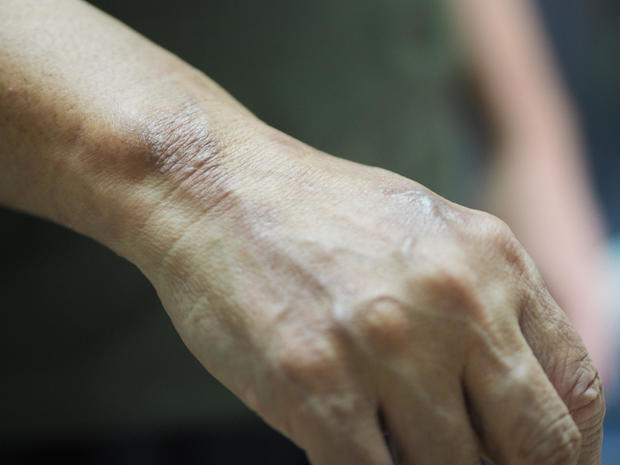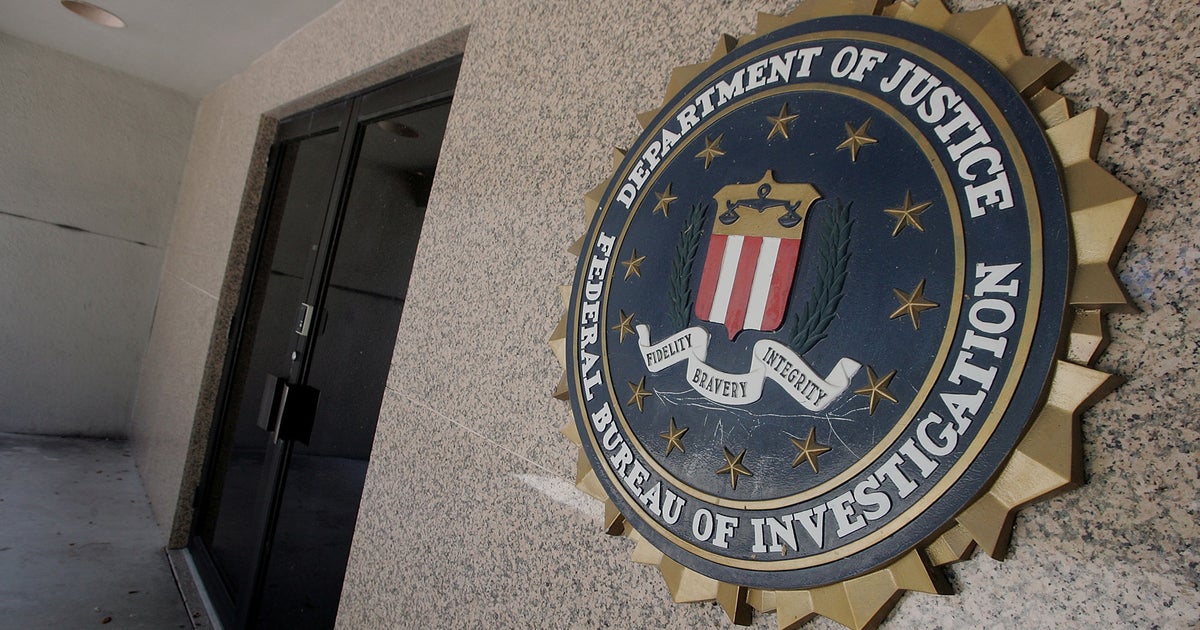Leprosy could be endemic in Central Florida, researchers say. What to know about the disease.
Leprosy — also known as Hansen's disease — is becoming endemic in the southeastern United States, rising scientific evidence suggests.
A research letter in the journal Emerging Infectious Diseases, published by the Centers for Disease Control and Prevention, says Central Florida accounted for 81% of cases reported in Florida and almost one-fifth of cases reported across the U.S. According to the National Hansen's Disease Program, 159 new cases were reported in the U.S. in 2020.
"Leprosy has been historically uncommon in the United States; incidence peaked around 1983, and a drastic reduction in the annual number of documented cases occurred from the 1980s through 2000," the letter's authors wrote. "However, since then, reports demonstrate a gradual increase in the incidence of leprosy in the United States. The number of reported cases has more than doubled in the southeastern states over the last decade."
This isn't the first time we've seen Florida make headlines for leprosy cases. In 2015, experts blamed armadillos, which are common in the state and can carry the diseasae, for spreading infections.
Here's what to know about the disease amid new numbers:
What is leprosy?
Leprosy, now known as Hansen's disease, is an age-old bacterial disease that affects the skin and nerves.
It occurs when bacteria called Mycobacterium leprae attacks the nerves, which can become swollen under the skin.
"This can cause the affected areas to lose the ability to sense touch and pain, which can lead to injuries, like cuts and burns. Usually, the affected skin changes color," the CDC's website explains. In advanced cases, people can become disfigured and lose fingers and toes to the disease.
Long feared as a highly contagious, devastating condition — and the subject of biblical stories depicting it as a curse from God — knowledge around leprosy has grown and we now know it's treatable.
Still, stigma around the disease remains.
"Those suffering from it are isolated and discriminated against in many places where the disease is seen," the CDC notes.
The World Health Organization says more than 200,000 new cases are reported every year in more than 120 countries, with the largest numbers in Brazil, India and Indonesia. In the United States, about 150 people get infected annually, according to the CDC.
What causes leprosy?
Leprosy is typically spread through extended close contact with an untreated infected person.
Casual contact does not lead to infection — you can't catch leprosy from shaking hands, hugging or sitting next to someone during a meal or on the bus, the CDC states.
"It is not known exactly how Hansen's disease spreads between people. Scientists currently think it may happen when a person with Hansen's disease coughs or sneezes, and a healthy person breathes in the droplets containing the bacteria," the organization's website reads. "Prolonged, close contact with someone with untreated leprosy over many months is needed to catch the disease."
Fortunately, about 90% of people "tend to be naturally immune," Dr. Aileen Marty, an infectious diseases specialist at Florida International University, told CBS Miami.
"It's only about 10% of people who can get leprosy, and it's a whole spectrum of how the disease may manifest," she said.
She also said there are several reasons cases appear to be on the rise.
"The problem here in the United States is partly people with leprosy coming here from other places," Marty said. She also pointed to the role of the armadillos.
"The problem is the armadillos that acquired leprosy many, may years ago back when we had a leprosy colony in Carville, Louisiana, and those armadillos have slowly moved — well, they've spread all over Texas and Louisiana, and then they've come over to Central Florida, so we're seeing cases there as well."
Leprosy symptoms
It takes time to develop signs of the disease due to the slow-growing nature of the bacteria. The CDC says symptoms of leprosy to the skin include:
- Discolored skin patches
- Skin growths
- Thick, stiff or dry skin
- Painless ulcers on the soles of feet
- Painless swelling or lumps on the face or earlobes
- Loss of eyebrows or eyelashes
Symptoms to the nerves include:
- Numbness of affected areas of the skin
- Muscle weakness or paralysis
- Enlarged nerves
- Eye problems that may lead to blindness
If left untreated, advcanced signs may develop, including:
- Paralysis and crippling of hands and feet
- Shortening of toes and fingers due to reabsorption
- Ulcers on the bottoms of the feet
- Blindness
- Nose disfigurement
Is there a treatment for leprosy?
Hansen's disease can be treated with a combination of typically two to three antibiotics.
"Treatment usually lasts between one to two years," the CDC says. "The illness can be cured if treatment is completed as prescribed."
Early diagnosis is also key, since treatment can cure the disease and prevent it from getting worse, but treatment does not reverse nerve damage that may have already occurred, the organization notes.
Editor's note: This story has been updated to clarify that the study appears in the journal Emerging Infectious Diseases, which is published by the CDC.




